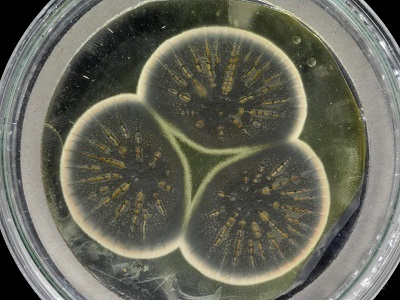In 1928, Fleming, a Scottish microbiologist and physicist, went on a vacation, leaving his lab unattended. When he returned, he found mold growing on one of his Petri dishes. That led to the discovery of penicillin. This is how the accidental discovery of penicillin changed the whole world.
Now, 92 years later, the mold is finally being sequenced. The discovery of the sequence could potentially help find the answer to antibiotic resistance. With usage over the decades, many bacteria have evolved to be antibiotic-resistant. Studying the evolution through the current genome and original mold might help the scientists understand how to modify the current production of anti- biotics to help kill superbugs.
A mold is a type of fungus. Penicillin is a group of antibiotics, derived originally from common molds known as Penicillium molds.
Antibiotic resistance occurs when bacteria change in response to the use of these medicines.

